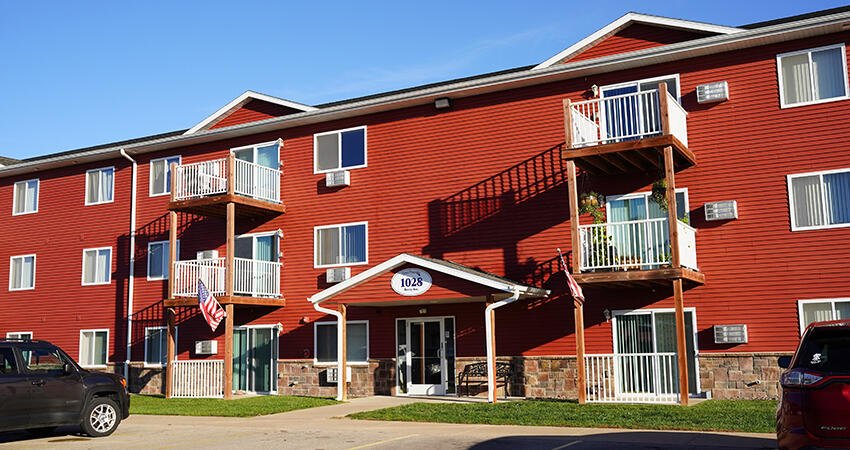
(Aaron of L.A. Photography/Shutterstock)
How Jail and Prison In-Reach Programs Improve Housing Outcomes and Reduce Recidivism
Every year, nearly 10 million people are released from prisons and jails in the United States. Formerly incarcerated people face significant barriers to reentry, such as challenges securing stable employment, housing, public benefits and access to education and the denial of voting rights. Because of the revolving door of homelessness and incarceration, many people in jail or prisons either experienced homelessness before incarceration or are at risk of experiencing it postrelease.
Research shows incarcerated people view having a stable place to live as critical to successful reentry. Yet, the quality of reentry programs and reentry support services across the US can vary significantly based on where a person is incarcerated and the community they are being released into.
Evidence shows that certain programs, called prison or jail in-reach programs, set people up for successful reintegration and may save receiving communities costs. Jail and prison in-reach programs link people who’ll soon be released from jail or prison with community service providers who provide them with personalized care tailored to each person’s needs. They build relationships with incarcerated people before release to establish sustained linkages to services upon their release.
But in-reach programs are only effective when properly funded, and currently, mass incarceration costs the US $182 billion a year, yet there’s comparatively little government funding for reentry programs. To realize their full potential nationwide, prevent homelessness and recidivism, and create community stability, local policymakers can consider greater investments and supporting evidence-based best practices.
How prison and jail in-reach programs create stability
In Houston, Texas, Healthcare for the Homeless operated a jail in-reach program that provided intensive medical case management to incarcerated persons with behavioral health diagnoses. Program participants also had access to additional services (PDF) if needed, such as counseling, psychiatry (which included telehealth), substance use treatment, dental care, housing, employment, help with navigating public health benefits, and help obtaining identification. Immediate connection between participants and services meant fewer participants missed first appointments, resulted in less overall loss of clients, had lower arrests rates, spent fewer days in jail, and reduced the costs of incarceration to the community. Studies have also shown that having sustained access to resources and programming to meet people’s needs is critical in improving outcomes.
Prison and jail in-reach programs that offer supportive housing programs also benefit the communities people are released into. For example, Los Angeles County’s Pay For Success Just in Reach Project benefited a variety of county services. A 2022 report showed that it reduced the use of crisis services such as emergency shelters and reduced the number of inpatient hospital stays and cut jail costs. The program offset costs, such as providing supportive housing and intensive case management, through savings in other areas, such as less time spent in jail, fewer stays inpatient mental or physical health facilities, fewer stays in emergency departments, and less use of temporary housing.
How can policymakers ensure in-reach programs realize their full potential?
Local policymakers can consider expanding funding for in-reach programs and supporting best practices, such as the following:
- Facilitate a warm handoff to community organizations that can provide services such as housing, health services, and other wraparound services.
- Embrace an assertive model of care for incarcerated people where service providers directly serve persons who will soon be released from jail or prison. Research shows such programs increase prereleased contacts with community mental health services and increased postrelease community mental health service engagement.
- Expand data collection and data-sharing capacity to ensure effective data sharing practices and optimal communication between jail or prison and community-based service providers.
Investing more in prison and jail in-reach programs and effective best practices can help create stability for formerly incarcerated people when they need it most.


